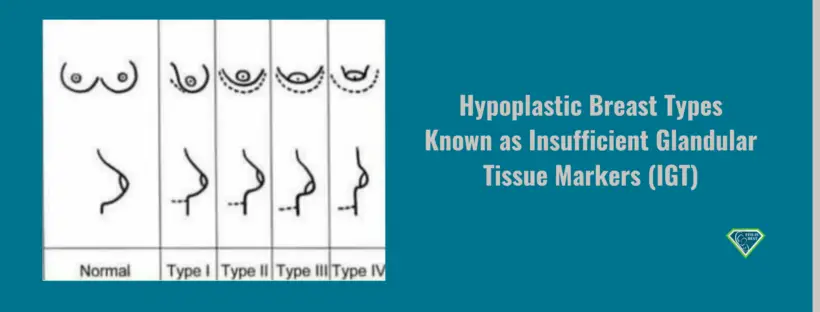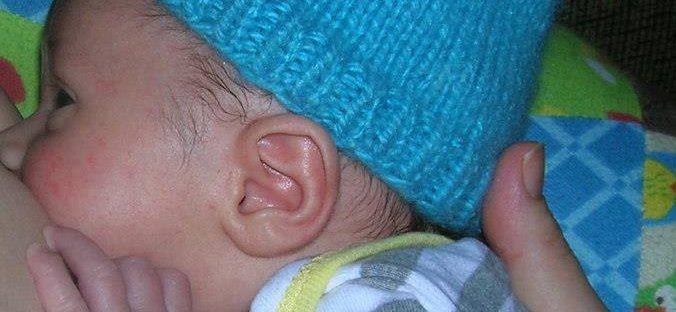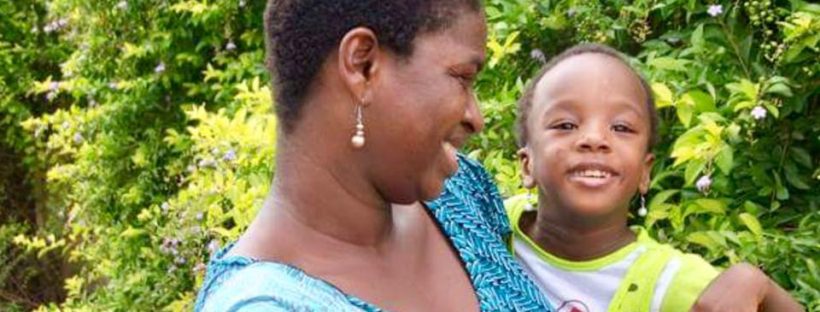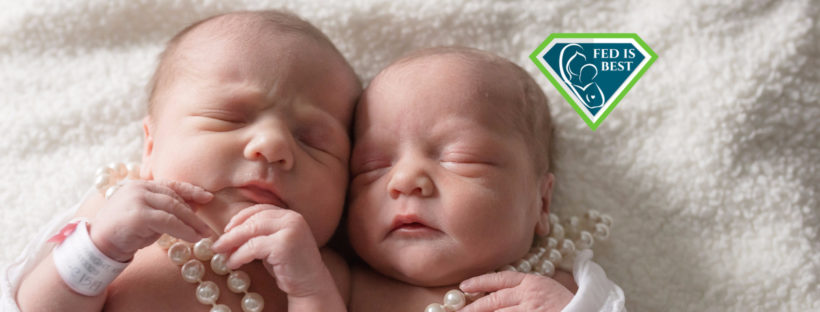My beautiful baby girl Mary-Kate was delivered by emergency c-section, and although there were complications during labor, she was healthy on arrival. Having done a bit of research and listened to the advice of professionals, as well as the threat of the global pandemic posing a risk, I decided I would breastfeed my daughter, to provide her with passive antibodies for COVID-19 from my milk.
Tag: Safe Breastfeeding
I Had Asymmetric Tubular Breasts; My Breastfeeding Story
Written By Rachel
As a young girl, I knew something was wrong with my breasts when they began to develop. I had asymmetric tubular breasts, and it quickly became my biggest insecurity. At the age of 20, I saw a doctor who told me a breast augmentation would “fix” them. Trusting her medical opinion I had breast augmentation surgery. Now they were double the size and sagging from the weight of the implants. It was worse than what they originally were, making my anxiety and insecurities heightened. After a few years, I decided to get them removed by another doctor who specializes in reconstruction surgeries. I got the implants taken out, a lift of the skin and fat removed from my stomach to fill the empty pouches. With two surgeries comes many scars and of course trauma to the breast tissue.
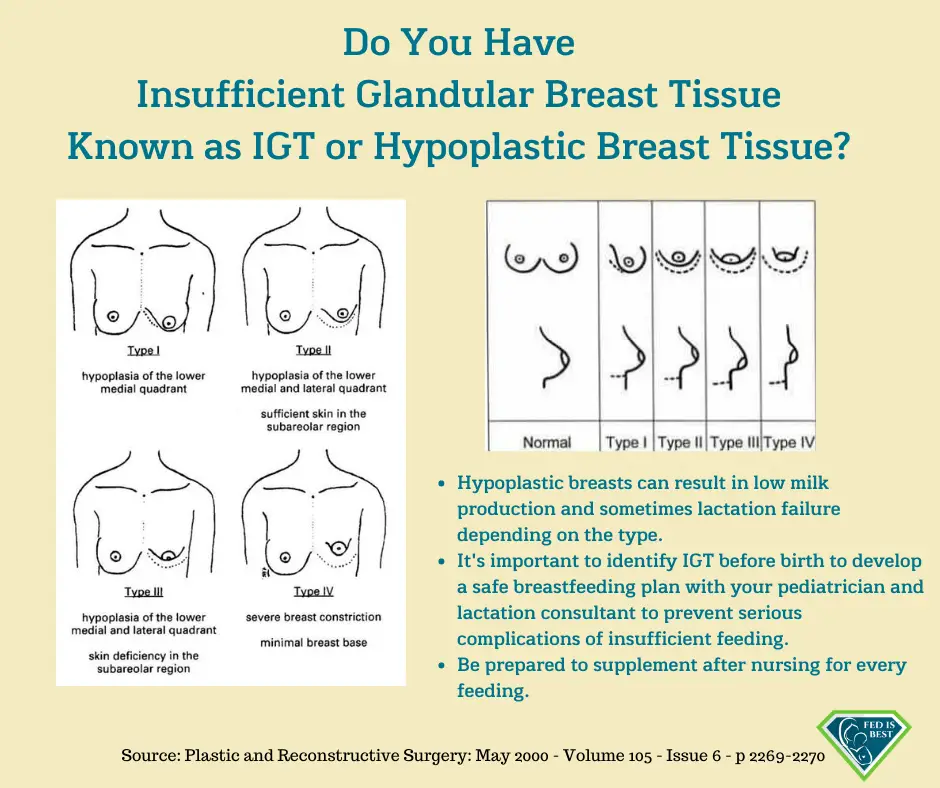
Moms Thank The Fed Is Best Foundation For Safe Infant Feeding Support
Every day we hear stories from parents who were able to feed their babies safely and confidently with our help. These stories are the fuel that fills our hearts and motivates our volunteers and advocates to continue our important work to teach parents and healthcare providers about safe infant feeding, and giving babies what they need to thrive and have the best possible start.
#fedisbest #safebreastfeeding #thrivingisbest #fedismaximum
Read on for their words of thanks and encouragement:
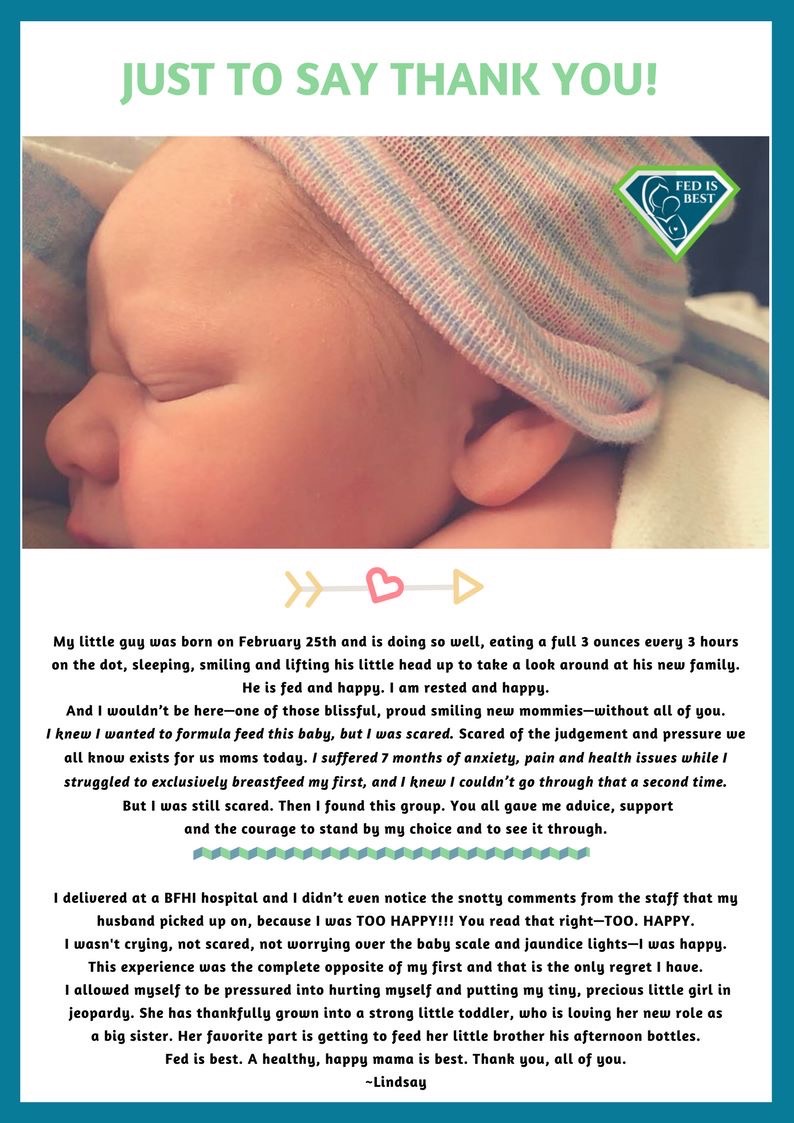
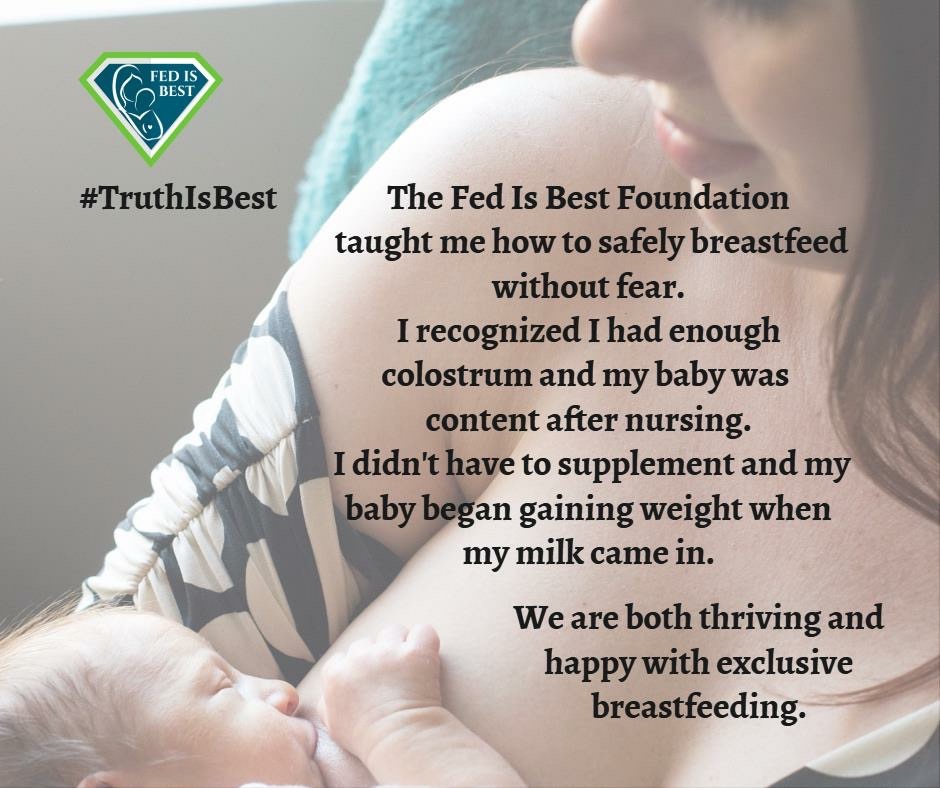


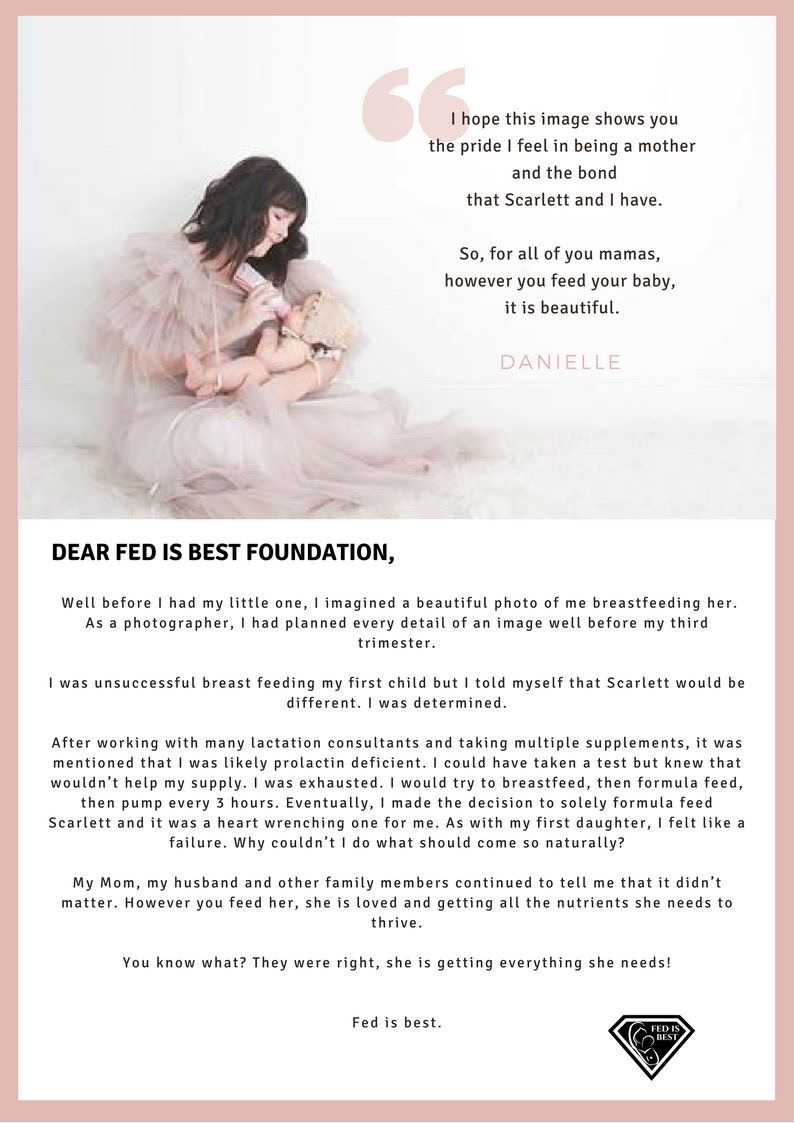
Do you have a #fedisbest story? We’d love to hear from you. Send us your stories.
There are many ways you can support the mission of the Fed is Best Foundation. Please consider contributing in the following ways:
- Join the Fed is Best Volunteer group to help us reach Obstetric Health Providers
- Make a donation to the Fed is Best Foundation.We do not accept donations from breast- or formula-feeding companies and 100% of your donations go toward these operational costs. All the work of the Foundation is achieved via the pro bono and volunteer work of its supporters.
- Share the stories and the message of the Fed is Best Foundation through word-of-mouth, by posting on your social media page and by sending our resources to expectant moms that you know. Share the Fed is Best campaign letter with everyone you know.
- Write a letter to your health providers and hospitals about the Fed is Best Foundation. Write them about feeding complications your child may have experienced.
- Print out our letter to obstetric providers and mail them to your local obstetricians, midwives, family practitioners who provide obstetric care and hospitals.
- Write your local elected officials about what is happening to newborn babies in hospitals and ask for legal protection of newborn babies from underfeeding and of mother’s rights to honest informed consent on the risks of insufficient feeding of breastfed babies.
- Send us your stories. Share with us your successes, your struggles and every thing in between. Every story saves another child from experiencing the same and teaches another mom how to safely feed her baby. Every voice contributes to change.
- Send us messages of support. We work every single day to make infant feeding safe and supportive of every mother and child. Your messages of support keep us all going.
- Shop and Fed is Best Foundation will earn cash back! We hope to develop our online safe infant feeding classes with these funds.
- If you need support, we have a private support group – Join
We believe all babies deserve to be protected from hunger and thirst every single day of their life and we believe that education on Safe Infant Feeding should be free. If you would like to make a donation to support the Fed is Best Foundation’s mission to teach every parent Safe Infant Feeding, please consider making a one-time or recurring donation to our organization.
World Health Organization Revised Breastfeeding Guidelines Put Babies at Risk Despite Pleas from Experts—Informing the Public “Not a Top Priority”
By the Senior Advisory Board of the Fed is Best Foundation
A key recommendation of the 1989 World Health Organization Ten Steps to Successful Breastfeeding which guides the Baby-Friendly Hospital Initiative (BFHI) is: “give infants no food or drink other than breast-milk, unless medically indicated.” This has led to serious complications from accidental starvation of babies, including dehydration, hyperbilirubinemia (jaundice) and hypoglycemia (low blood sugar) — known causes of infant brain injury and permanent disability. Last week, the WHO issued draft revised breastfeeding guidelines, failing to revise this recommendation. These guidelines define the standard of care for breastfeeding management in all healthcare facilities worldwide. Nearly 500 U.S. hospitals and birthing centers and thousands more worldwide that meet the criteria of the BFHI are certified as Baby-Friendly, adhering to the application of the WHO’s Ten Steps.
On Sept. 22, 2017, senior members of the Fed is Best Foundation, and guests including a neonatologist from a leading U.S. tertiary care hospital and a pediatric endocrinologist, Dr. Paul Thornton, M.D, from Cook Children’s Hospital Fort Worth, lead author of the Pediatric Endocrine Society’s newborn hypoglycemia guidelines, met via teleconference with top officials of the WHO Breastfeeding Program: Dr. Laurence Grummer-Strawn, Ph.D., Dr. Nigel Rollins, M.D. and Dr. Wilson Were, M.D. to express their concerns about the complications arising from the BFHI Ten Steps and to ask what, if any, monitoring, research, or public outreach the WHO has planned regarding the risks of accidental starvation of exclusively breastfed newborns. The Foundation members who attended were 1) Christie del Castillo-Hegyi, MD, Co-Founder, 2) Jody Segrave-Daly, RN, IBCLC, Co-Founder, 3) Julie Tibbets, JD, Partner at Alston & Bird, LLP, Pro-Bono Attorney for the Foundation, 4) Brian Symon, MD, Senior Advisor, and 5) Hillary Kuzdeba, MPH, former quality improvement program coordinator at a children’s hospital, managing infant feeding projects and Senior Advisor.
Emails confirming meeting between the WHO and the Fed is Best Foundation available here.
What Should Be The Norm For All: I Was Supported in Supplementing My Twins With Formula
by Kimberly Cartwright
My story is unremarkable but important to tell, because we are often led to believe that it should be remarkably rare.
In 2013 I had my first child, a son. I researched and knew I wanted to breastfeed him, as breast milk is the recommended food for babies. There are so many benefits to baby and mother if you nurse, so of course I wanted to try it out. I have to admit that was a big push to learn all about it and make it work; and we did make breastfeeding work for fourteen months. Then in 2016 I had my second and third children, my twin daughters. I knew I wanted to breastfeed again. The cost benefit for me personally was huge, especially for two babies. But nursing two babies at once–that’s a lot! There are a lot of reasons breastfeeding doesn’t work, and you double those when there are two babies. I was determined to do my best though.
My girls were born at 36 and a half weeks. Early by the forty week schedule, but basically on time for twins. (Full term for twins is considered 37 weeks.) They were right on target for identicals. I was worried they wouldn’t be able to latch or just wouldn’t nurse well. Imagine my relief when shortly after both girls were born, they both latched right on and were nursing away. They knew what to do and we didn’t have any problems. The only issue was with their blood sugar. They were still a bit early and of course small. As per the protocol of the hospital I was at, the girls had to have their blood sugar checked with every feed. They did pretty well, but their numbers weren’t as high as the doctors and nurses would have liked. The nurses offered me a simple solution–after I nursed we were to give the girls supplemental formula. It can take a few days for a mother’s milk to come in. Yes, my girls were getting colostrum, but we were concerned that I wasn’t able to provide enough in terms of volume for two babies. For the two days we were in the hospital we offered enough formula after each nursing session to keep their blood sugar levels normal and safe. Once we got the girls home my milk came in. Fast forward thirteen months later and we are still nursing. Continue reading

